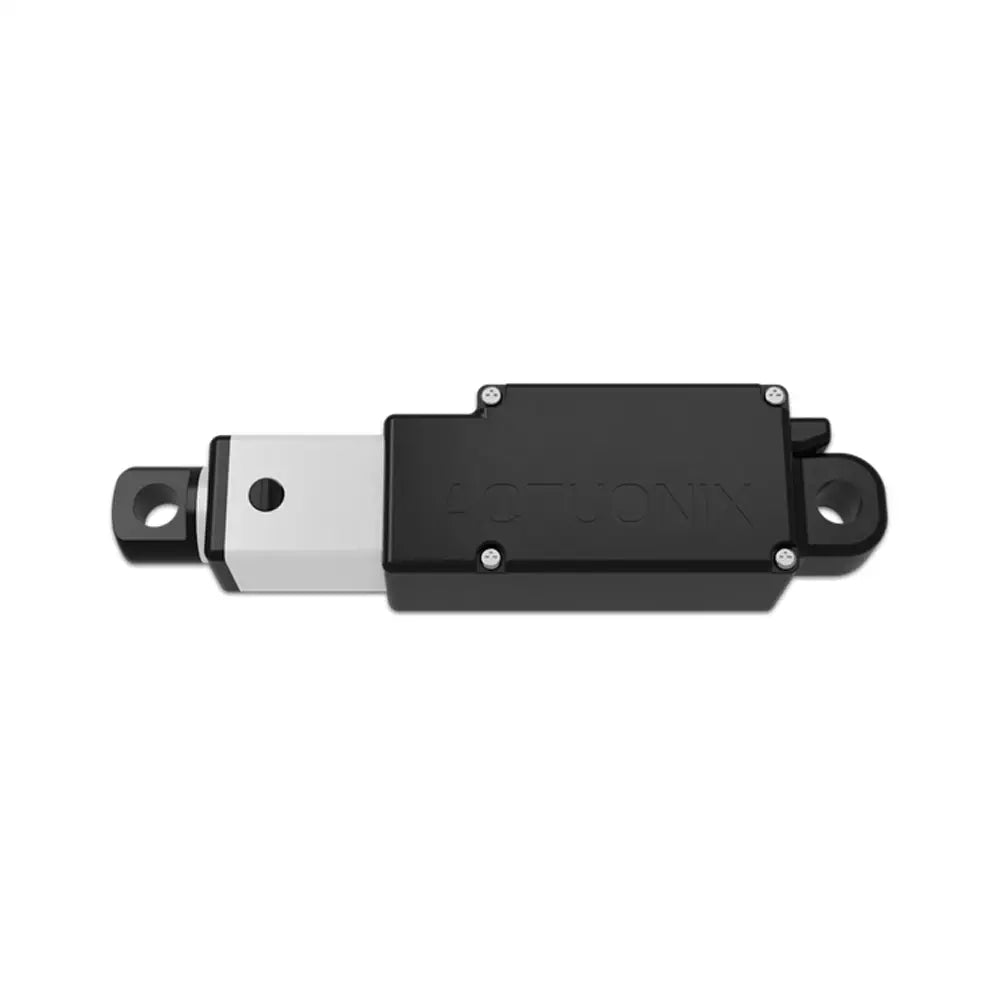Where to buy micro actuators in India

Filium Micro actuators are tiny devices that convert various forms of energy (such as electrical, thermal, or magnetic) into mechanical motion at a very small scale. They are used in a variety of applications across different fields, including:
1. Medical Devices: Micro actuators are used in minimally invasive surgical tools, drug delivery systems, and medical implants. For instance, they can control the movement of tiny surgical instruments or micro-robots used inside the human body.
2. Microelectromechanical Systems (MEMS): In MEMS, micro actuators are essential components for sensors, switches, and other devices that require precise movements, such as accelerometers and gyroscopes found in smartphones and other electronics.
3. Optics and Photonics: Micro actuators can adjust the alignment of optical components, such as lenses or mirrors, in devices like cameras, microscopes, and laser systems.
4. Robotics: In micro-robotics, these actuators are used to control the movement of tiny robotic systems, which can perform tasks at scales where conventional actuators would be too large or imprecise.
5. Aerospace: Micro actuators are used in spacecraft and satellites for precise control of components like mirrors in telescopes or for managing the orientation of small instruments.
6. Consumer Electronics: They are used in various electronic devices to enable haptic feedback, control buttons, or adjust small mechanical components within the device.
7. Automotive Industry: Micro actuators are employed in car sensors and control systems, such as in fuel injectors or for controlling air intake valves in engines.
Their small size and precision make micro actuators invaluable in applications where space is limited, and highly accurate control is needed.
When customizing a micro actuator, several parameters must be considered to ensure it meets the specific requirements of the application. These parameters include:
1. Type of Actuation:
- Electrical: Requires voltage and current specifications.
- Thermal: Involves material properties and temperature range.
- Magnetic: Needs magnetic field strength and orientation.
- Piezoelectric: Requires voltage and material selection.
2. Size and Shape:
- Dimensions: Length, width, height, and overall footprint.
- Form Factor: Shape and integration requirements within the device.
3. Force and Torque:
- Output Force: The amount of force the actuator can generate.
- Torque: For rotary actuators, the torque output is crucial.
4. Displacement or Stroke:
- Linear Displacement: The maximum linear movement range.
- Angular Displacement: The maximum rotational angle.
5. Operating Voltage and Current:
- Voltage Range: The required operating voltage.
- Current Consumption: The amount of current needed for operation.
6. Response Time:
- Actuation Speed: How quickly the actuator responds to input.
- Settling Time: The time it takes to reach the desired position.
7. Precision and Accuracy:
- Positional Accuracy: The precision with which the actuator can achieve and maintain a specific position.
- Resolution: The smallest movement increment the actuator can achieve.
8. Load Capacity:
- Maximum Load: The maximum force or weight the actuator can handle without losing functionality or precision.
9. Lifetime and Durability:
- Cycle Life: The number of operating cycles the actuator can perform.
- Environmental Resistance: Resistance to factors like temperature, humidity, or corrosive environments.
10. Material Selection:
- Material Properties: The type of materials used, considering factors like stiffness, thermal expansion, and chemical resistance.
- Biocompatibility: For medical applications, materials may need to be biocompatible.
11. Power Consumption:
- Energy Efficiency: Power requirements, especially critical in battery-operated devices.
- Heat Dissipation: Management of heat generated during operation.
12. Integration and Compatibility:
- Mounting Requirements: How the actuator will be mounted or integrated into the system.
- Electrical Interface: Compatibility with existing control systems or circuits.
13. Control Method:
- Feedback Mechanisms: Integration of sensors for closed-loop control.
- Control Signal: Type of signal required to operate the actuator (e.g., PWM, analog, digital).
14. Cost and Availability:
- Budget: Cost constraints for production or prototyping.
- Supply Chain: Availability of components or materials required for the actuator.
Each of these parameters must be tailored to the specific application to ensure that the micro actuator performs optimally within the desired constraints.